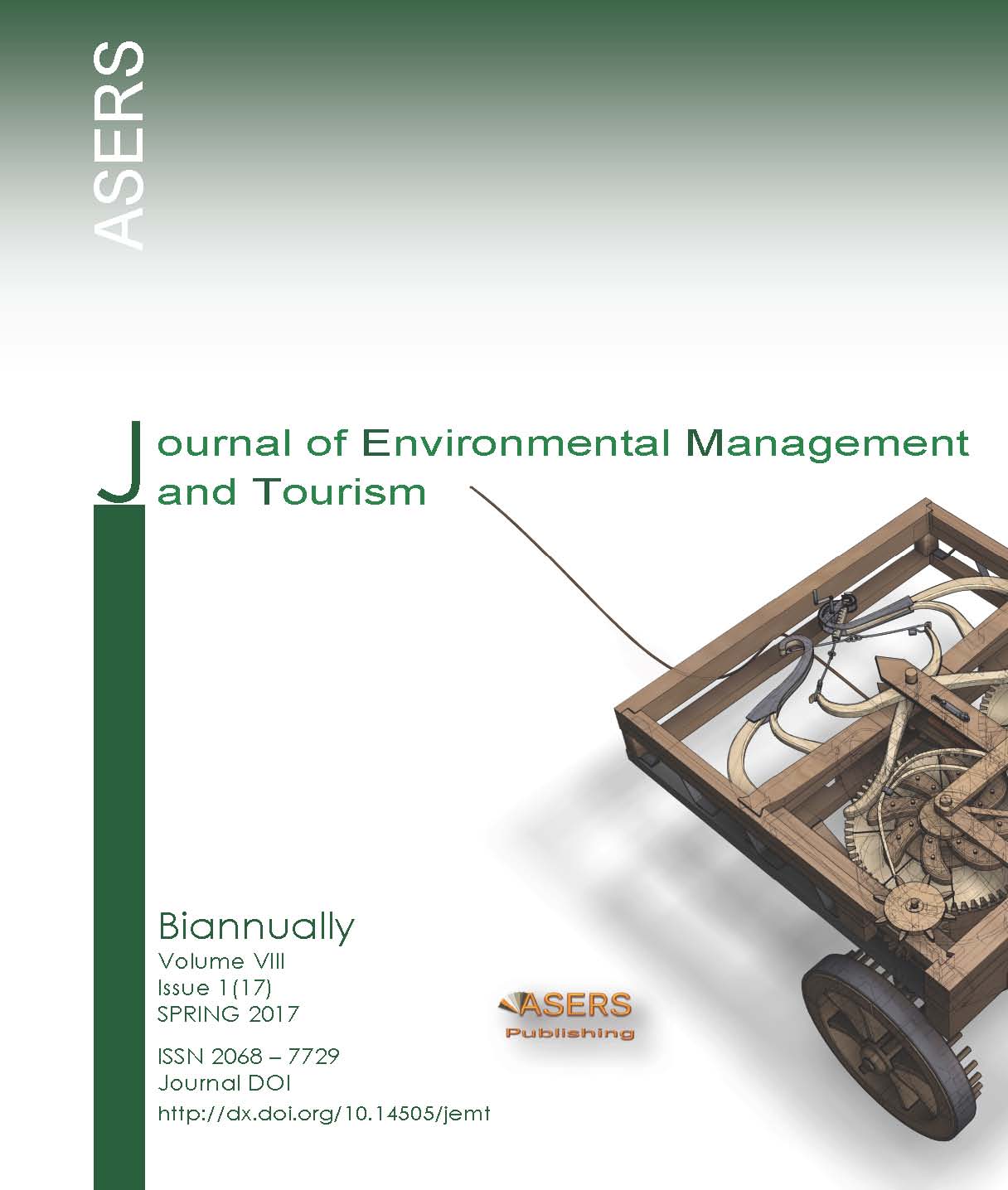State and Challenges of Environmental Accounting in the Republic of Kazakhstan
State and Challenges of Environmental Accounting in the Republic of Kazakhstan
Author(s): Gulnara Amanova, Aigul Ualievna Abdrakhmanov, Anargul Belgibayeva, Gaukhar Zh. Zhumabekova, Kunsulu Saduakassova, Utegen Kuttugujinovich SARTOV, Saule Gabitovna SERIKBAEVASubject(s): Economy
Published by: ASERS Publishing
Keywords: environmental costs; payments; cost accounting; environmental protection measures; valuation provision;
Summary/Abstract: The present paper is devoted to the organization and improvement of the maintenance of environmental accounting in Kazakh companies in market conditions. It deals with environmental costs, which present a more traditional area of environmental reporting and are usually given by accountants and ecologists. Environmental prepaid expenses (as well as any potential costs) are a consequence of the events of the previous periods and the anticipated events, the consequences of which should lead to a decrease in the financial performance of the company. As a result of studying the problem of environmental cost accounting, the authors determined the need for a competent and professional approach to cost accounting in the field of environmental protection. The authors examined the costs by the places of their origin, studied the structure of environmental costs, considered the requirements of International Accounting Standard 37 “Provisions, Contingent Liabilities and Contingent Assets” on the establishment of valuation provisions. This article describes the process of allocation of environmental costs by certain types of products, manufacturing lines and facilities. The given classification of costs reflects the environmental measures related to human activities for the protection of the environment, enshrined to some extent in regulatory documents and methodical positions. The authors emphasize the role of public authorities in the establishment of payments by the types of waste. In this connection, it refers to the recovery of environmental costs and the reduction of discharges, which, consequently, results in the reduction of payments.
Journal: Journal of Environmental Management and Tourism (JEMT)
- Issue Year: VIII/2017
- Issue No: 01 (17)
- Page Range: 155-167
- Page Count: 13
- Language: English
- Content File-PDF

